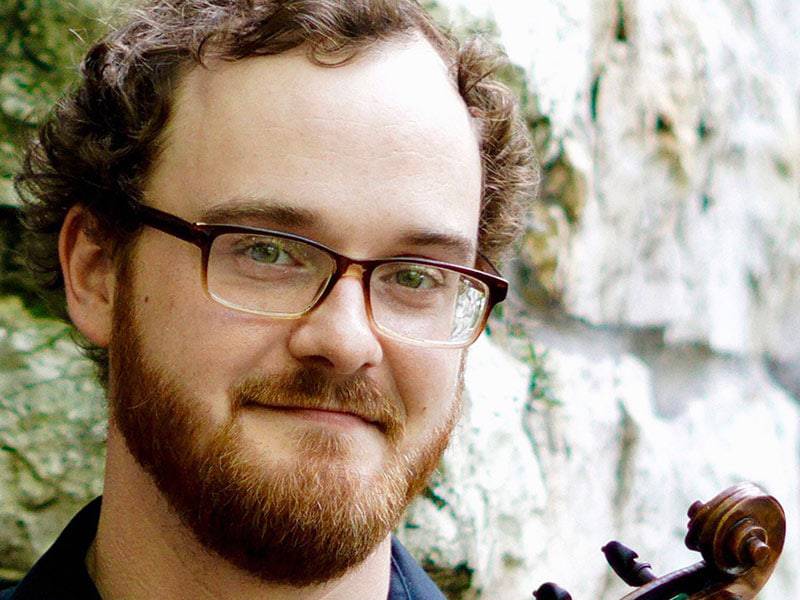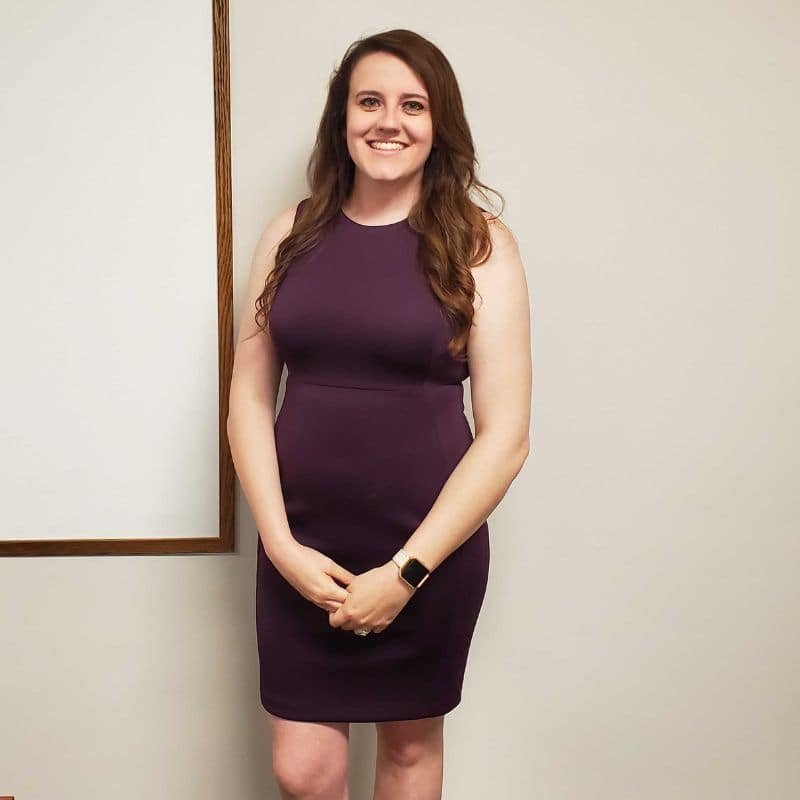Staff Spotlight: Staś Heaney

What's your main instrument & why?
I get asked this question a lot, but I’ve never identified myself as having a “main instrument.” I really consider myself to be a musician more so than a master of any one particular instrument, in part because each instrument that I’ve learned to play has informed my approach to the others I learned before and after it. There’s also so much that goes into being a musician beyond playing an instrument, too. Listening, writing, and engineering are other instruments of music that I’ve also gotten to develop alongside piano, violin, percussion, and others.
What's your musical origin story? What lit the spark for you?
Music expresses an experience beyond the limits of language, and I felt how it impacted me and others in a way that words alone could not. I quickly recognized how powerful this was, and I wanted to be a part of it. While I may not have been able to articulate this idea at each stage of my musical development, that limitless potential of music is the spark that continues to lead me to always be open to new musical experiences.
Having musical parents made an integral impact, as it meant there were numerous wind, string, and percussion instruments around the house. They encouraged and guided my exploration of them all, and facilitated my involvement with the remarkable music opportunities that seemed to keep knocking on the door.
I explored and studied the fundamentals of music on piano and voice first. Gaining the ear training of a choir singer and theory knowledge of a pianist enabled me to explore lots of other instruments, and I gravitated towards the violin next. While playing in youth symphonies, I began to cover parts in the percussion section. I started studying concert percussion more intensely in high school, and went on to perform as a percussionist in the UMKC Conservatory. After college I continued to collaborate with a variety of groups and projects around Kansas City as a pianist, violinist, and percussionist.
Can you share a good gig story?
While touring as a violinist with my banjo-playing duo partner, we had a gig that was delayed because the venue’s patrons were too wrapped up in the football game on TV.
We played a new, up-tempo instrumental to garner their attention -- but when the “B” section of the song came around I suddenly had no idea how it was supposed to go. I froze and listened to my partner trying to sing the melody that was supposed to be happening. The sudden absence of violin caused the crowd to quiet and look up, wondering what just happened to the music.
I heard my partner sing the last glimpse of the melody as the “A” section finally came back. I began playing again and the crowd started to cheer as they watched my recovery. But the “B” section was coming up again. Sensing this, and as if to give me home-field advantage, the crowd got even quieter than before, waiting to see what I would do this time.
I nailed it. As the “B” section continued, the cheers and hollers started to grow until there was full applause for the entire last “A” section of the song. The audience was totally invested in the rest of the show after sharing that moment with me, and it turned into one of our favorite gigs.
What drew you to the Music House team?
Structured flexibility. I see this as a key component to how the team envisions incorporating students of all ages and skills into its curriculum and beyond. We do need structure to learn and measure progress, but we also have to meet each student wherever they’re at. This approach also allows their faculty and staff to adapt their own strengths and experiences to each of their students, which helps everyone realize their full potential.
Tell us about your practice routine and share some practice tips.
I decide to play far more often then I decide to practice. This takes away the pressure to learn a measurable skill by a certain time. Plus, playing something is better than not practicing anything. But before I’m ready to play, I often go through a practice of scale and melodic variations across the range of the instrument. I’ll let my mind be free with these familiar exercises or tunes, until eventually I’ve played something that’s high, low, fast, slow, soft, and loud. Then I’m ready to dig into a new chart, or focus more closely on a difficult passage.
I also bring listening into my practice. I listen to other artists perform the piece I'm learning, which usually answers most of my questions. I listen to a metronome, which usually makes me ask questions that I didn't have before. And I listen to recordings of my own performance after I play, which gives me a clearer perspective on the work as a whole.
Anything else you would like to add?
Once while playing in a wind symphony, I had to prepare a challenging, fast xylophone passage. It was so dissonant it was painful to practice, but I made myself learn it anyways and had it down just in time for the performance.
So we’re performing the piece, I’m at the instrument, mallets in hand...and I miss the entrance. There was nowhere to jump in. I couldn’t catch up, and the entire part flew right by me. The audience didn’t know they were supposed to be hearing something they weren’t, but I certainly did. We never performed that piece again.
That mistake taught me a few things. One, was to practice in context. I had prepared everything else about the part except for coming in at the right time. You have to practice both what you’ll perform, but also how you’ll perform it. Two, it taught me to be able to let go of my attachments to musical moments. Those hours of preparation felt totally wasted. But even if I had nailed the entrance, I would still have to do the same thing: be present to the next musical moment lying ahead.

